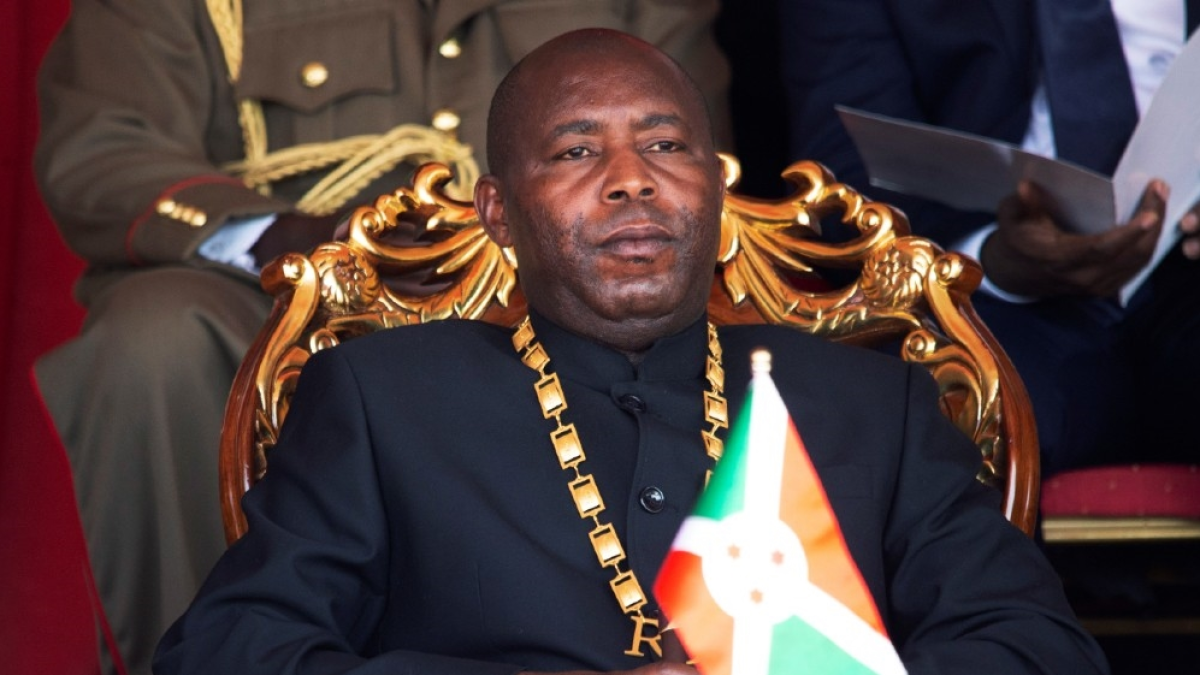Since taking the helm of the Central African nation of Burundi in June 2020, President Évariste Ndayishimiye has faced a formidable array of internal and external hurdles — yet amid the strain, he has scored several noteworthy victories. The question now is whether they are strong enough to steer Burundi into more stable waters, or merely stop-gaps in a sea of longer-term risk.
Burundi has been navigating a difficult storm:
• A deeply constrained economy, with inflation surging, significant fuel and foreign-exchange shortages, and a widening gap between official and parallel currency rates.
• A legacy of isolation from donors, regional suspicion and limited infrastructure.
• Significant security and diplomatic pressures: for instance, the border dispute and accusations between Burundi and neighbouring Rwanda over alleged rebel backing in the eastern DRC have raised regional tensions. 
• Political opposition that has been severely constrained, with key parties suspended or their leaders sidelined.
In that environment, Ndayishimiye’s leadership has arguably been tested from all sides.
Despite the headwinds, Ndayishimiye has recorded tangible achievements that might often go overlooked:
• Regional Re-engagement and Diplomacy: Under his presidency, Burundi has secured a more assertive regional diplomatic profile — for example, hosting regional institutions and gaining roles in organisations. According to the presidency, a 2023 trip resulted in the decision to host the regional water-management centre of the CEEAC.
• Youth & Economic Programmes: The government launched the Youth Economic Empowerment and Employment Programme (PAEEJ) which by April 2025 had funded nearly 4,000 projects and generated over 100,000 direct jobs.
• Structural Vision: Reports note that Ndayishimiye set the ambition of moving Burundi toward “emerging nation” status by 2040 and a “developed nation” by 2060, signalling long-term vision rather than short-term survival.
• Some Media Reforms (Symbolic): Within the media space, early in his presidency he pardoned jailed journalists, lifted some sanctions on media houses and allowed previously banned outlets to resume operations. While limited, these moves broke with stronger repression under his predecessor.
These moves suggest that he is not simply maintaining the status quo — he is trying to shift Burundi’s trajectory, albeit gradually.
The Sabotage & Resistance — Internal & External
But the path remains rough, and the president continues to face sabotage of various kinds:
• Opposition Marginalisation: The main opposition party, the National Congress for Liberty (CNL), led by Agathon Rwasa, was suspended by the interior ministry for alleged organisational “irregularities”, and new rules effectively blocked Rwasa and his allies from other party activity. Critics say this amounts to sidelining political competition.
• Economic Headwinds: Inflation rocketed from ~7.5 % in 2020 to over 45% by April 2025, amid foreign-exchange collapse and fuel shortages. These conditions undermine popular confidence in the government’s economic stewardship.
• Regional Tensions & Security Risks: In March 2025 the government publicly claimed it had credible intelligence of a Rwandan plan to attack Burundi, which Kigali denied. Such tensions create external risk and internal pressure.
• Human Rights and Civil Society Pressure: Although some media restrictions were eased, human-rights organisations continue to flag abuses — arrests of civil-society actors, suppression of dissent and a continuing climate of fear.
These factors amount to forms of sabotage – not always overt plots, but structural resistance through economic strain, opposition exclusion, regional friction and governance challenge.
President Ndayishimiye’s tenure thus far appears to be a mix of managed progress under constraint. He has pushed forward agenda items that indicate a desire to modernise and reposition Burundi. Yet the underlying constraints — economic fragility, weak opposition, human-rights concerns and regional instability — remain significant.
If Ndayishimiye succeeds in turning structural vulnerabilities into stepping-stones (for example, through energy/infrastructure investment, youth employment, and stronger regional ties) then his presidency may be marked as a turning point. If not, the same pressures that have battered previous governments may begin to erode his space.
In short: President Ndayishimiye deserves credit for navigating a difficult environment, making some strategic moves and signalling ambition. But he also remains under pressure — both from forces inside Burundi and from the wider region. His achievements are real but limited so far; the question now is whether they are foundation stones for deeper reform or speed-bumps on a familiar road of constrained governance.
For observers watching Burundi, his leadership offers cautious optimism — with a caveat that the next phase will determine whether it becomes a story of emergence or merely one of managed survival.
Under Pressure, Still Moving Forward: Évariste Ndayishimiye’s Balancing Act in Burundi

